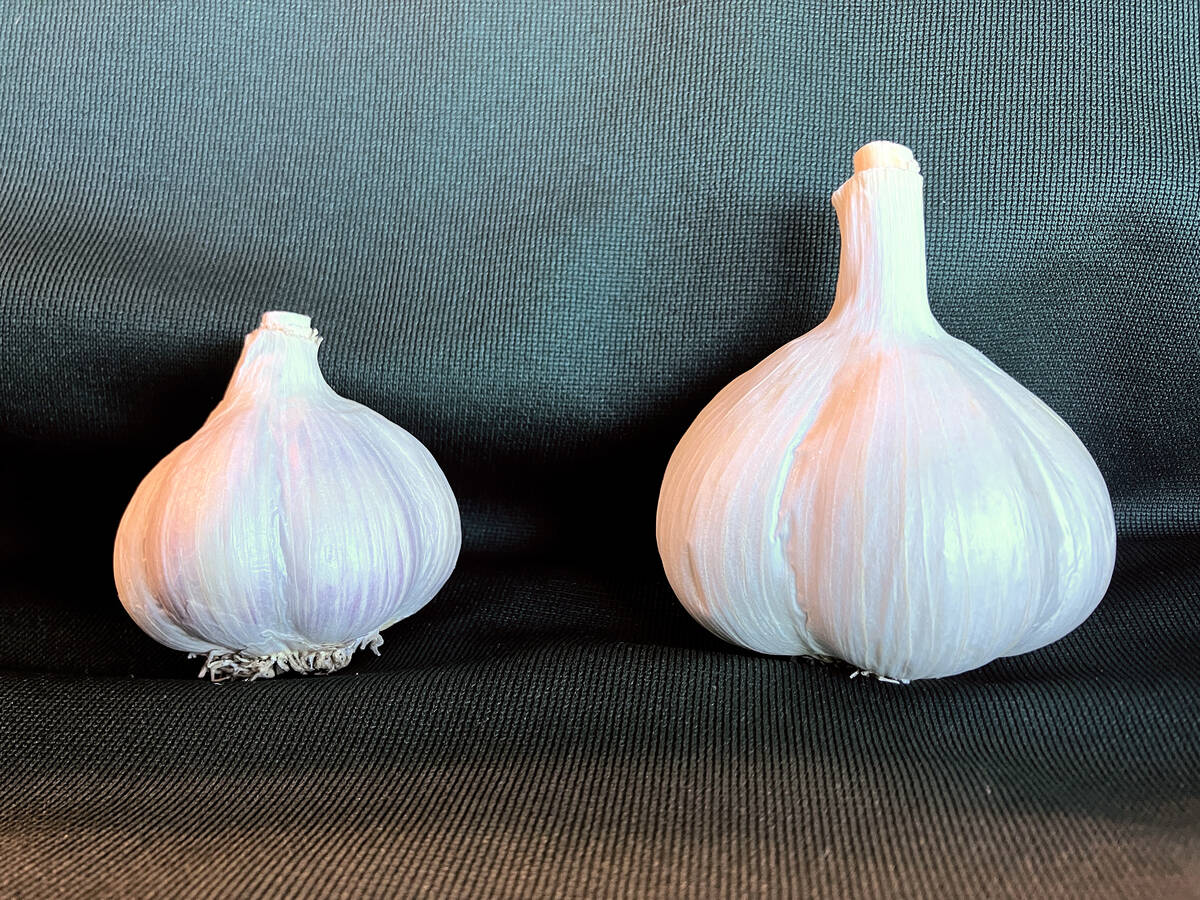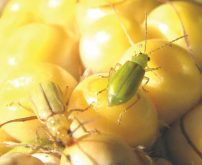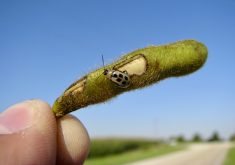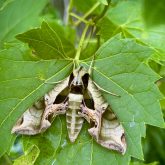A nationwide entomologist working group is promoting a new online scouting tool for farmers, crop advisors and researchers with the aim to broaden knowledge about European corn borer (ECB) damage in new and emerging crops like quinoa and hemp,
“The recent confirmation of ECB resistance to Cry1F Bt corn in Nova Scotia has increased the need to monitor this pest across Canada … (which), despite its name, is actually a generalist feeder having a wide range of hosts,” wrote Ontario Ministry of Agriculture, Food and Rural Affairs (OMAFRA) field crop entomologist Tracey Baute in a recent edition of her Baute Bug Blog.
Why it matters: Current knowledge about ECB damage and control relates mainly to corn; this effort aims to determine if other crop hosts warrant equal research attention.
Read Also

Clean seed garlic promises bigger bulbs and higher returns for growers
Ontario garlic trials show clean seed outshines conventional yields, with stronger drought resilience, reduced virus risk and greater economic outcomes.
An online survey for those scouting for the pest has been posted at arcg.is/0TLWmS by the Insect Surveillance Community of Practices Working Group, under the umbrella of the Canadian Plant Health Council. The survey outlines a common protocol for scouting ECB in all its Canadian host crops and under the heat-unit conditions in all provinces.
Feeding by ECB larvae can reduce corn yield, increase the chance of lodging at harvest, and decrease crop quality due to the enhanced possibility of disease or mycotoxin contamination. “Some studies have shown that one ECB per plant could reduce (corn) yield by three to five per cent, and greater reductions can be expected under high corn borer pressure,” states the Canadian Corn Pest Coalition website.
“It can also be a real nuisance in potatoes,” explained working group member Dr. John Gavloski, an entomologist with Manitoba’s Ministry of Agriculture and Resource Development. “When it gets into the stem and you get pathogens there, it can cause trouble.”
Speaking with Farmtario, Gavloski said ECB damage tracking has so far come predominantly from southern Ontario, where temperatures can allow for two larva/pupa/adult/egg life cycles of the pest through the growing season. Overwintering occurs as a full-grown caterpillar that pupates in the spring, with adult moths emerging between late May and mid-June and laying eggs on the host by mid-summer.
In Manitoba, by contrast, adult emergence typically doesn’t occur until the middle of July and only one life cycle unfolds through the growing season.
And knowledge has been centred on the pest’s namesake host – a crop for which concern about ECB damage diminished considerably with the advent of Bt borer-resistant hybrids. “There really is a deficiency of information on corn borer outside of corn,” Gavloski noted.
The new survey’s protocol can be used to report ECB eggs, larvae or damage in any host crop across Canada. “Our goal is to better understand the distribution and abundance of ECB in Canada, detect significant infestations, capture observations on any hosts, and determine if ECB is shifting to other emerging crops,” Baute wrote.
Hosts listed on the survey are (along with “other”) apples, miscanthus, winter wheat, spring wheat, tomato, potato, sorghum, peppers, millet, hops, hemp, snap beans, dry beans, and various types of corn.
Gavloski says a strong response to the survey could expand knowledge in numerous ways, including how prevalent ECB is in different crops, where and how it attacks different crops, is ECB attracted to some hosts more than others, and how it acts under different climatic regimes.
Challenges to overcome when creating a common national protocol included the fact that established scouting efforts were focussed on corn but not other crops. In addition, research indicates rising temperatures spur adult emergence across the country but that means it happens at different times depending on the region.
The working group also wanted to ensure the protocol was straightforward enough for busy farmers to willingly participate.
“The more data the better from a research point of view but it has to be practical for farmers to do it,” the Manitoba entomologist says.
As a compromise, the survey includes a question asking if the scouting is being done by farmers/crop advisors or for research purposes. If research is the goal, additional questions are asked.















